The Power of B-Roll: Creative & Strategic Uses You’re Overlooking in Brand Films
Hero shots get all the attention. They’re storyboarded, pre-lit, approved by the agency, and often eat half the schedule. But B-roll is the glue.

It's the end card that gets all of the love, but sometimes B-roll is the true glue of a campaign.
Why B-Roll Deserves More Respect
Hero shots get all the attention. They’re storyboarded, pre-lit, approved by the agency, and often eat half the schedule. But in my experience, the footage that helps the campaign—or elevates it from adequate to memorable—isn’t the pristine hero setup. It’s the stray handheld shot of a hand brushing over a product box. The late-day wide that wasn’t planned but ties two scenes together. The texture insert that, in post, helps the cut breathe and improves the pacing.
B-roll has long been defined as “secondary” footage. But the truth is, it’s the glue, the insurance policy, and sometimes the unexpected heartbeat of the final edit. On commercial sets where every minute is billed and every frame debated, treating B-roll as an afterthought is a mistake.
The Planned vs. the Unplanned
Planned B-roll has its place: the inserts on your shot list, the cutaways you know you’ll need. They’re important, but they’re also predictable. Where B-roll really shines is in the unplanned—the moments between setups that you grab because instinct tells you something is happening.
Maybe it'll be a shot of the product as the athlete warms up in the background before the shoot begins. Or it's the chef talking to a couple of regular customers asking him what's going on, and sharing a laugh. Or it's a couple of whip pans and slow shutter footage your cam op gets while you're waiting for the talent to get to set. Unplanned moments are a part of each shoot, and can be a way of tying the emotion (unplanned) of the campaign with the intention (planned) of the campaign.
B-Roll as Editorial Insurance
Editors will tell you: B-roll is freedom. Without it, pacing is locked to dialogue or action in ways that feel clumsy. With it, you can re-sculpt rhythm, hide a continuity slip, or pivot a brand message in ways no one imagined on set.
We've cut spots where a client changed messaging after the shoot. Without insert shots of hands, product in environment, or atmospheric textures, the new VO would’ve been impossible to cover. Because we had those safety nets, we pivoted without a reshoot.
Commercial theory often talks about “hero” and “supporting” shots, but film theory reminds us that tone is built through rhythm and detail. Secondary shots aren’t just filler—they create context. A single macro of condensation on glass can set mood more efficiently than three scripted lines.
And texture matters. Shooting those micro-details—the cracks in a basketball court, the way light skims across a product label, the client’s logo hidden in reflection—becomes the palette that gives editors a painter’s range. In commercials, they function as the connective tissue that keeps viewers subconsciously engaged.
Efficiency on Set: How to Capture More Without Slowing Down
The usual pushback is time. Clients don’t want to “waste” minutes shooting shots not on the board. But good crews build B-roll into the day without adding drag.
- Designate a floater: A 2nd cam op or AC who can peel off and grab textures during downtime.
- Use transitions: When lighting tweaks are happening, roll on ambient shots nearby instead of standing idle.
- Shoot wide then push: Grab the hero shot, then push in, rack focus, or reframe for insert variations in the same setup.
This isn’t indulgence—it’s insurance. And it pays back when the edit bay hits a wall.
B‑roll isn’t just technical glue. It carries brand values. Behind‑the‑scenes office shots show culture. Environmental details frame sustainability narratives. For social cutdowns, those stray inserts often are the content. A campaign’s TikTok edit may ride entirely on what the DP captured in between takes.
Increasingly, clients want authenticity and flexibility. Secondary shots give them both.




